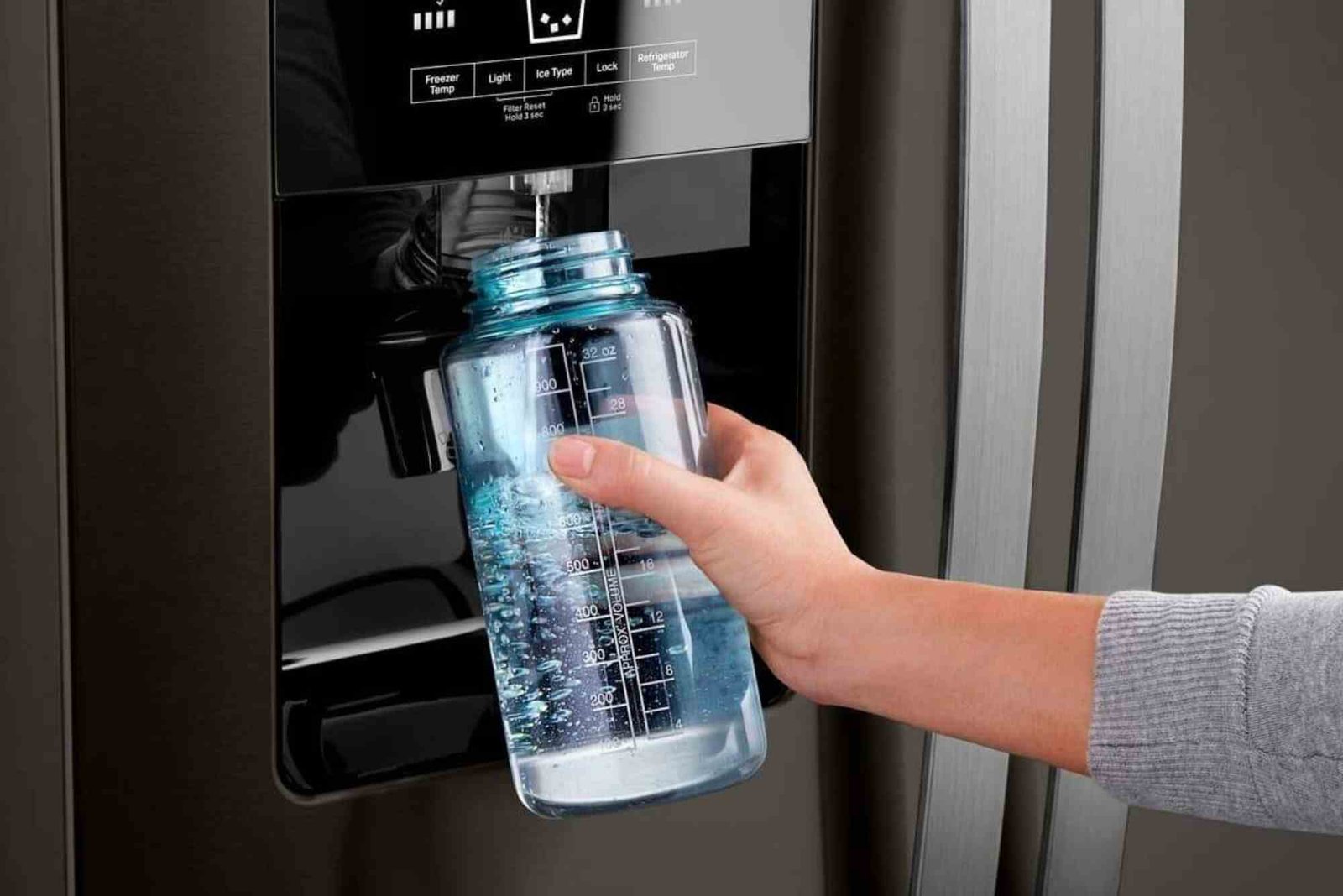Buying a manufactured home can be a smart path to homeownership, offering affordability and flexibility that traditional site‑built homes often can’t match. Yet navigating the financing landscape for these homes can feel like learning a new language—FHA Title I, chattel loans, fixed‑rate versus adjustable, land‑lease considerations, and more. Drawing on my years advising first‑time buyers and clients seeking cost‑effective housing solutions, this article demystifies manufactured home mortgages with clear explanations, practical insights, and real‑world examples that follow Google’s Helpful Content Guidelines. Let’s dive in.
Understanding Manufactured Home Mortgages
A manufactured home mortgage is a financing product tailored specifically for homes built in a factory under the U.S. Department of Housing and Urban Development (HUD) code. Unlike modular homes, which many lenders treat like site‑built houses, manufactured homes require specialized loan programs because they’re considered personal property (chattel) until permanently affixed to owned land. When permanently attached to a foundation and titled as real estate, they become eligible for traditional mortgage programs; otherwise, they’re financed as personal property loans, often with slightly higher rates.
In my early days as a mortgage advisor, I guided a young couple who found the perfect 2‑bedroom HUD‑certified home near a small town. Their lender offered an FHA Title I personal property loan with a 7.5% fixed rate over 20 years. Although the rate was higher than a conventional mortgage, the low down payment—just 5%—made it doable. After they bought a plot, permanently affixed the home, and retitled it as real estate, they refinanced into a 3.75% FHA Title II mortgage, saving hundreds each month.
Types of Manufactured Home Mortgages
Manufactured home financing comes in several flavors:
FHA Title I Loans
Backed by HUD, Title I loans can cover up to 100% of the home’s value or installation costs if the home is affixed. They’re available through approved lenders nationwide, with maximum loan amounts generally up to $69,678 for a home only, or $92,271 including installation. Title I loans treat the home as personal property (chattel), making them accessible even without land ownership, as long as the home meets HUD standards.
FHA Title II Loans
Also FHA‑insured, Title II loans function like conventional mortgages once the home is permanently attached to real estate and titled accordingly. You’ll find competitive rates—often comparable to site‑built home loans—and lower mortgage insurance premiums than Title I. If you already own the land, Title II is often the smoother route.
USDA and VA Loans
Eligible rural buyers can tap USDA loans for up to 100% financing on manufactured homes, provided the property is in a qualifying area and you meet income limits. Veterans and active military personnel may qualify for VA mortgages on manufactured homes that meet minimum property requirements and are on owned land.
Conventional Loans
Fannie Mae and Freddie Mac offer programs for manufactured homes that are classified as real estate. These usually require at least 5% down, good credit, and that the home be at least 400 square feet, on a permanent foundation, and owned land with certain zoning. Rates and terms mirror conventional site‑built mortgages.
Chattel Loans
When a manufactured home isn’t affixed, such as in a lease‑land community, it’s financed as personal property via chattel loans. While accessible, chattel loans often carry higher interest rates and shorter terms (10–20 years), so buyers should compare total costs carefully.
Eligibility and Requirements
Whether you pursue an FHA, USDA, VA, or conventional path, common requirements ensure lenders that their collateral maintains value:
- HUD Certification: Your home must display the HUD data plate, signifying it met federal construction and safety standards when built.
- Foundation and Site: For mortgages classified as real estate, the home must rest on a permanent foundation and be taxed as real property.
- Land Ownership: Conventional mortgages (and many VA and USDA loans) expect you to own the land or have a long‑term ground lease.
- Credit Score and Debt‑to‑Income: Expect minimum credit scores around 580–620 for FHA loans and 620–660 for conventional programs. Your debt‑to‑income ratio should generally not exceed 43–45%.
- Down Payment: Ranges from as low as 3.5% for FHA Title II to 10%–20% for some conventional programs.
- Appraisal and Inspection: A licensed appraiser will confirm the home’s value, HUD compliance, and foundation adequacy; some lenders also require a home inspection.
I once worked with a single mom who dreamed of affordable homeownership. She leveraged an FHA Title I loan, putting down just 3.5% on a HUD‑certified home she parked on her brother’s land. While Title I treated the transaction as chattel, her monthly payments fit her budget, and she built equity over the next five years before buying the underlying lot and refinancing into a Title II mortgage at a lower rate.
The Application Process
Applying for a manufactured home mortgage follows steps similar to site‑built financing but with added nuances:
- Pre‑Approval: Start with a pre‑qualification or pre‑approval from a lender experienced in manufactured home loans. They’ll evaluate your income, credit, and intended property type.
- Home Shopping and Purchase Agreement: Work with dealers or private sellers to find HUD‑certified homes. Include language in your purchase agreement noting HUD compliance and foundation plans if required.
- Loan Submission: Provide income documentation, credit authorizations, and details on the home’s HUD data plate number. If the home is affixed, supply foundation engineering reports and land‐ownership proof.
- Appraisal & Title Search: The lender orders an appraisal to confirm the home’s value and compliance. A title search verifies land ownership or community leasing rights.
- Underwriting & Closing: Once underwriting confirms all criteria, you’ll review closing disclosures, sign loan documents, and pay closing costs, which for FHA Title I are capped by HUD.
Throughout this process, communication is key. Dealers, installers, and lenders must coordinate. I once saw a six‑week delay because the dealer didn’t order the foundation plans until after closing papers were drafted. Staying proactive and checking in on each milestone helps keep timelines tight.
Financing Insights for International and Expat Buyers
For readers outside the U.S., or U.S. expatriates, exchange rates and international banking relationships can influence your financing. For instance, if you’re transferring funds from the UAE to cover a down payment or closing costs, services like the Al Fuad exchange rate provider can impact the final amount you receive. Even a small fluctuation—say, 0.5%—on a $10,000 transfer can mean $50 more or less in your pocket. Monitoring daily rates and planning transfers during favorable windows can help you optimize your mortgage deposit.
If you’re based in the Emirates, you might explore products like Emirates NBD Mortgage solutions. While traditionally geared toward site‑built residential properties, Emirates NBD’s competitive mortgage rates, flexible repayment plans, and relationship banking perks can sometimes extend to factory‑built housing projects or custom modular developments. Engage with their mortgage specialists to discuss product eligibility; they can advise whether your planned manufactured home purchase meets their lending criteria or if a conventional home loan might be adapted to your needs.
Comparing Lenders and Rates
Interest rates and fees can vary significantly between FHA, VA, USDA, and conventional lenders, as well as between national banks, credit unions, and local brokers. In my practice, I always recommend:
- Getting Multiple Quotes: Even a 0.25% rate difference on a $150,000 loan over 20 years can save you thousands.
- Understanding Upfront Costs: FHA Title I loans cap origination fees, but private chattel lenders may charge origination or loan‑processing fees.
- Evaluating Mortgage Insurance: FHA loans require mortgage insurance premiums; conventional mortgages may drop private mortgage insurance (PMI) once you hit 20% equity.
- Considering Term Lengths: While site‑built home buyers choose 15‑ or 30‑year terms, manufactured home buyers often find 20‑year terms more common, balancing payment size and total interest.
I recall a retiree in rural Georgia who was offered a 5.75% FHA Title II rate over 20 years and a 6.2% conventional chattel rate over the same term. Although the conventional rate seemed close, the absence of mortgage insurance on the conventionally financed option actually saved her more once she built 10% equity, underscoring the need to run the numbers.
Pros and Cons of Manufactured Home Mortgages
Pros:
Manufactured homes typically cost 30–40% less per square foot than site‑built homes, meaning lower loan amounts, smaller down payments, and more instantaneous equity if home values rise. HUD standards ensure safety and durability, and today’s models rival traditional construction in comfort and energy efficiency.
Cons:
Depreciation can be faster if the home isn’t affixed to owned land, and chattel loans carry higher interest rates. Resale values may lag in markets where manufactured homes face stigma. Securing land and foundation financing can add complexity and cost.
Tips for Securing the Best Deal
- Boost Your Credit Score: Even a 20‑point improvement can unlock better rates.
- Save for a Larger Down Payment: Dropping from 5% to 10% down on a $100,000 loan could cut your interest rate by up to 0.5%.
- Seek Specialized Lenders: Some credit unions and regional banks focus on manufactured housing and understand HUD code nuances.
- Bundle Products: If you bank with an institution like Emirates NBD, ask about rate discounts for existing customers or cross‑product incentives.
- Monitor Exchange Rates: For international buyers, timing fund transfers through services offering competitive al fuad exchange rate quotes can shave closing costs.
Conclusion
A manufactured home mortgage unlocks homeownership for many who might otherwise be priced out of traditional real estate markets. While the variety of loan products and unique requirements can feel daunting, understanding the landscape—from FHA Title I and II to USDA, VA, and conventional programs—empowers you to choose the right path.
Factor in down payments, mortgage insurance, interest rates, and your land situation. If you’re an expatriate, keep an eye on services like those providing the Al Fuad exchange rate to optimize your fund transfers, and consult with lenders in your region, such as the emirates nbd mortgage team in the UAE, to explore tailored solutions. With informed planning, you can secure a financing package that turns your manufactured home dream into a sustainable reality.










